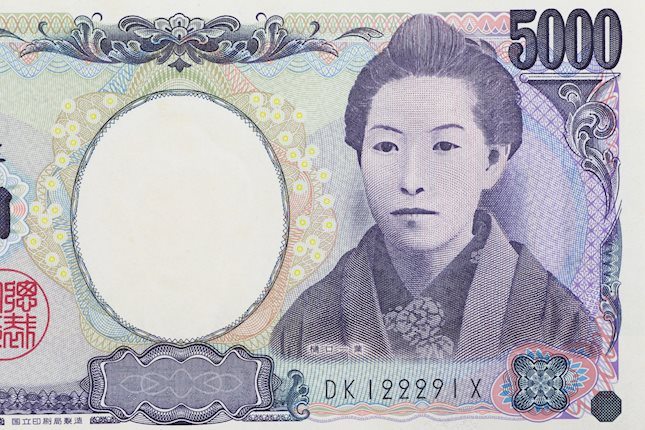-
Opps!
This language contents are not available!

USD/CAD climbs above 1.3900 as US Dollar bounces back, Canadian job data falters
- USD/CAD rises sharply above 1.3900 on multiple tailwinds.
- The Canadian Dollar weakens as job demand remained slow in October.
- The US Dollar rebounds strongly on Trump’s policy outlook.
The USD/CAD pair jumps above the key resistance of 1.3900 in Friday’s North American session. The Loonie asset strengthens as the Canadian labor addition data for October came in weaker than expected and the US Dollar (USD) bounces back strongly.
The Canadian employment report showed that the economy added 14.5K workers, lower than estimates of 25K and from 46.7K in September. The Unemployment Rate remained steady at 6.5%, which was expected to accelerate to 6.6%.
Slower job demand solidifies expectations that the Bank of Canada (BoC) could deliver another large interest rate cut in its last monetary policy meeting of this year in December. In the October meeting, the BoC reduced its key borrowing rates by 50 basis points (bps) to 3.75%.
Meanwhile, Average Hourly Wages accelerated to 4.9% compared to the similar month of the preceding year against 4.5% in September. Higher wage growth is less-likely to impact the BoC’s policy guidance with policymakers remaining confident about inflation staying within the tolerance.
The US Dollar Inde (DXY), which gauges Greenback’s value against six major currencies, extends its recovery to near 104.80. The outlook of the US Dollar remains firm as investors expect that Donald’ Trump’s protectionist policies would keep it competitive against other currencies. Trump vowed to hike import tariffs by 10% and lower corporate taxes in election campaigns.
Economic Indicator
Net Change in Employment
The Net Change in Employment released by Statistics Canada is a measure of the change in the number of people in employment in Canada. Generally speaking, a rise in this indicator has positive implications for consumer spending and indicates economic growth. Therefore, a high reading is seen as bullish for the Canadian Dollar (CAD), while a low reading is seen as bearish.
Read more.Last release: Fri Nov 08, 2024 13:30
Frequency: Monthly
Actual: 14.5K
Consensus: 25K
Previous: 46.7K
Source: Statistics Canada
Canada’s labor market statistics tend to have a significant impact on the Canadian dollar, with the Employment Change figure carrying most of the weight. There is a significant correlation between the amount of people working and consumption, which impacts inflation and the Bank of Canada’s rate decisions, in turn moving the C$. Actual figures beating consensus tend to be CAD bullish, with currency markets usually reacting steadily and consistently in response to the publication.
Forex News
Keep up with the financial markets, know what's happening and what is affecting the markets with our latest market updates. Analyze market movers, trends and build your trading strategies accordingly.





















